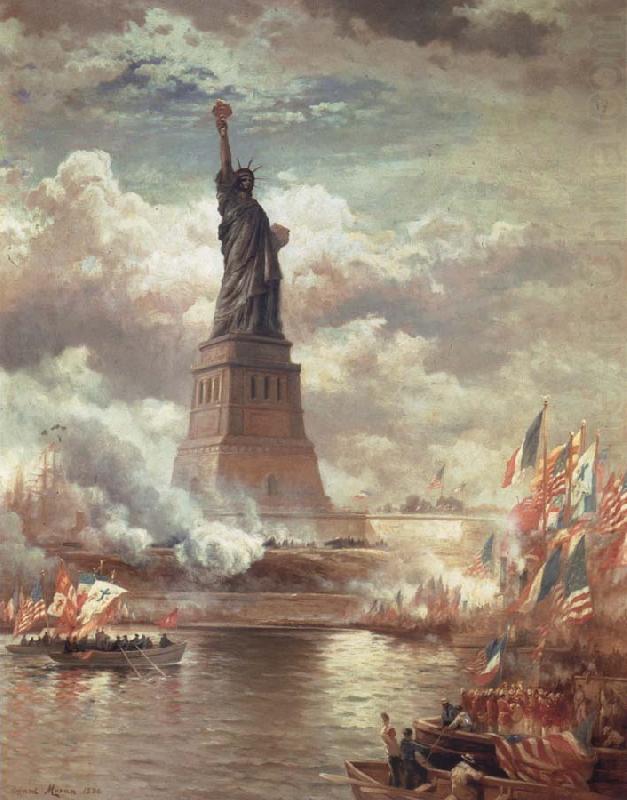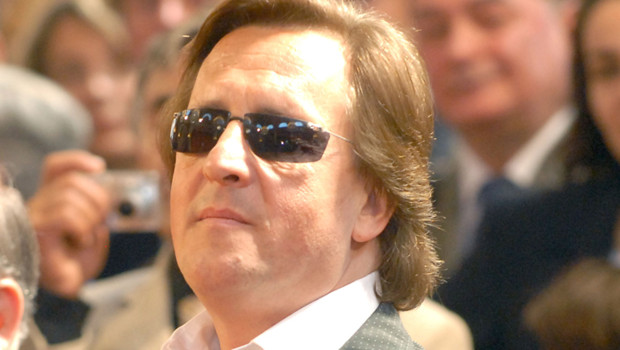Cet article est un exemple afin d’illustrer les implications du droit moral à la française, le droit moral : une application du droit au respect de l’œuvre. Cette affaire est une véritable saga depuis… 1996.
Extraits
L’auteur Didier BARBELIVIEN et le compositeur Gilbert MONTAGNE ont cédé leurs droits d’auteur à la société UNIVERSAL MUSIC PUBLISHING sur la chanson bien connue « On va s’aimer ».
Ce contrat, en date du 1er octobre 1983, prévoit la cession des droits d’exploiter directement et d’autoriser des tiers à utiliser tout ou partie de l’oeuvre, paroles et musiques, ensemble ou séparément, en thème dominant ou secondaire de fond sonore de films ou de toute représentation théâtrale, radiodiffusée, télévisée, publicitaire, ou autre encore, même non mentionnée, avec possibilité corrélative d’ajouts à la partition et de modifications même parodiques du texte.
Une société de publicité demande à une société MADISON STUDIO de réaliser une bande sonore devant servir au spot publicitaire créé au profit de l’enseigne notoire « FLUNCH « .
Le titre « On va s’aimer » se transforme alors en « On va fluncher ». Le film publicitaire sera diffusé sur plusieurs chaînes de télévision.
Prétendant qu’un tel usage de leur œuvre et la modification de paroles portent atteinte à leur droit moral et au respect de leur œuvre, les auteur et compositeur ont donc assigné en justice la société de publicité et les société impliquées dans la diffusion.
Rappelons les dispositions de l’article L.121-1 du Code de la propriété intellectuelle, qui fonde la demande:
L’auteur jouit du droit au respect de son nom, de sa qualité et de son œuvre.
- Ce droit est attaché à sa personne.
- Il est perpétuel, inaliénable et imprescriptible.
- Il est transmissible à cause de mort aux héritiers de l’auteur.
- L’exercice peut être conféré à un tiers en vertu de dispositions testamentaires.
L’inaliénabilité est ici la notion au cœur de la réflexion.
Par un premier jugement en date du 3 septembre 1997 confirmé par la Cour d’appel de Paris le 28 juin 2000, Didier BARBELIVIEN et Gilbert MONTAGNE ont été déboutés de leurs demandes.
Il a été jugé que les auteurs ont transmis aux éditeurs le droit d’exploiter directement et celui d’autoriser des tiers à faire usage de l’œuvre, intégralement ou en partie, paroles et musique ensemble ou séparément, notamment à des fins publicitaires et même par la substitution aux paroles originales d’un texte différent ouvrant la possibilité de parodie de celles-ci et que « le cédant autorise le cessionnaire selon son jugement qui ne pourra être contesté à négocier et définir les conditions d’exploitations mentionnées dans les paragraphes 1 et 2 », ajoutant qu’au regard de ces éléments tirés de l’accord des parties, la cession de 1983, par les limites qu’elle a prévues, ne porte pas atteinte au droit moral des auteurs et qu’en outre, la sécurité juridique des transactions exige que dans le cadre précisément défini, le cédant ne puisse remettre en cause son engagement alors qu’aucun abus dans l’exercice strictement limité du droit n’est à déplorer.
Sur pourvoi, la Cour de cassation revient sur cette décision le 28 janvier 2003, au motif clair que « l’inaliénabilité du droit au respect de l’œuvre, principe d’ordre public, s’oppose à ce que l’auteur abandonne au cessionnaire, de façon préalable et générale, l’appréciation exclusive des utilisation, diffusion, adaptation, retrait, adjonction et changement auxquels il plairait à ce dernier de procéder ».
L’affaire est donc renvoyée devant la Cour d’appel de Paris, qui, le 15 décembre 2004, ne s’aligne pas sur la jurisprudence de la Cour de cassation, mais confirme l’arrêt du 28 juin 2000 en estimant que la preuve de l’atteinte au droit moral n’était pas apportée.
La Cour de cassation est donc une nouvelle fois saisie: mêmes effets et même sanction, avec une nouvelle cassation de l’arrêt le 5 décembre 2006.
La Cour de renvoi, cette fois la Cour d’appel de Versailles, s’incline le 11 octobre 2007 et relève que « les clauses du contrat d’édition du 1er octobre 1983, contraires aux dispositions d’ordre public de l’article L.121-1 du code de la propriété intellectuelle, ne peuvent justifier une exploitation, sur le territoire français, de l’œuvre musicale « on va s’aimer » portant atteinte au respect dû au droit moral de l’auteur et du compositeur ».
Procédure de la dernière chance, la Cour de cassation est une ultime fois saisie et, le 2 avril 2009 clôt le débat par deux attendus
– Attendu que l’inaliénabilité du droit au respect de l’œuvre, principe d’ordre public, s’oppose à ce que l’auteur abandonne au cessionnaire, de façon préalable et générale, l’appréciation exclusive des utilisation, diffusion, adaptation, retrait, adjonction et changement auxquels il plairait à ce dernier de procéder ;
– Attendu qu’après avoir exactement retenu que dès lors qu’elle emportait un tel abandon la clause de cession litigieuse était inopposable à Didier BARBELIVIEN et Gilbert MONTAGNE, la cour d’appel, constatant que l’adaptation contestée, qui constituait une parodie des paroles de la chanson « on va s’aimer » sur la musique originale de l’œuvre, dénaturait substantiellement celle-ci, en a déduit, à bon droit, que, en l’absence d’autorisation préalable et spéciale de Didier BARBELIVIEN et Gilbert MONTAGNE, une telle adaptation à des fins publicitaires, portant atteinte à leur droit moral d’auteur, était illicite ; qu’elle a ainsi, sans encourir aucun des griefs du moyen, légalement justifié sa décision.
Il faut retenir de cette affaire que l’auteur lui-même d’une œuvre protégée par le droit d’auteur ne peut contractuellement céder ses droits moraux.
Ces droits sont d’ordre public. En l’espèce, il s’agissait d’une modification de l’œuvre qui portait atteinte à son intégrité par dénaturation et donc au droit moral des auteurs (à ne pas confondre avec les droits patrimoniaux dont il peut être disposé librement et contractuellement).
Source : Cour de cassation, 2 avril 2009, Universal / Barbelivien, pourvoi n°08-10194
Source de l’article : http://www.leclercq-avocat.com/actu-avocat-droit-moral–une-application-du-droit-au-respect-de-l-oeuvre-97.html
Source résumée : article du site lci.tf1.fr
Dernier rebondissement : Gilbert Montagné et Didier Barbelivien condamnés pour plagiat sur le titre « On va s’aimer » et privés de leurs droits d’auteur. Source : https://www.franceinfo.fr/culture/musique/gilbert-montagne-et-didier-barbelivien-condamnes-pour-plagiat-sur-le-titre-on-va-s-aimer-leurs-droits-d-auteur-annules_6958985.html






